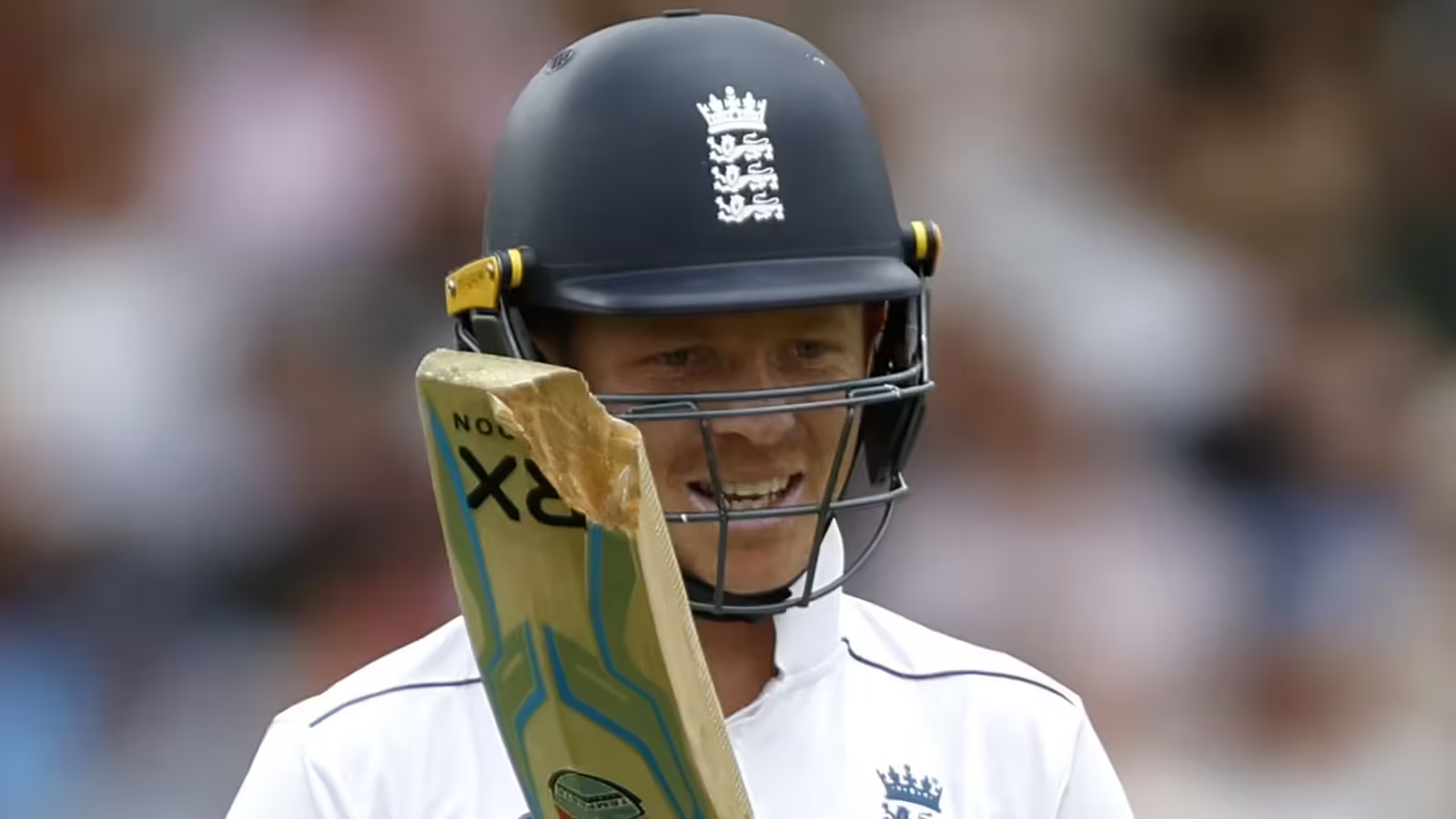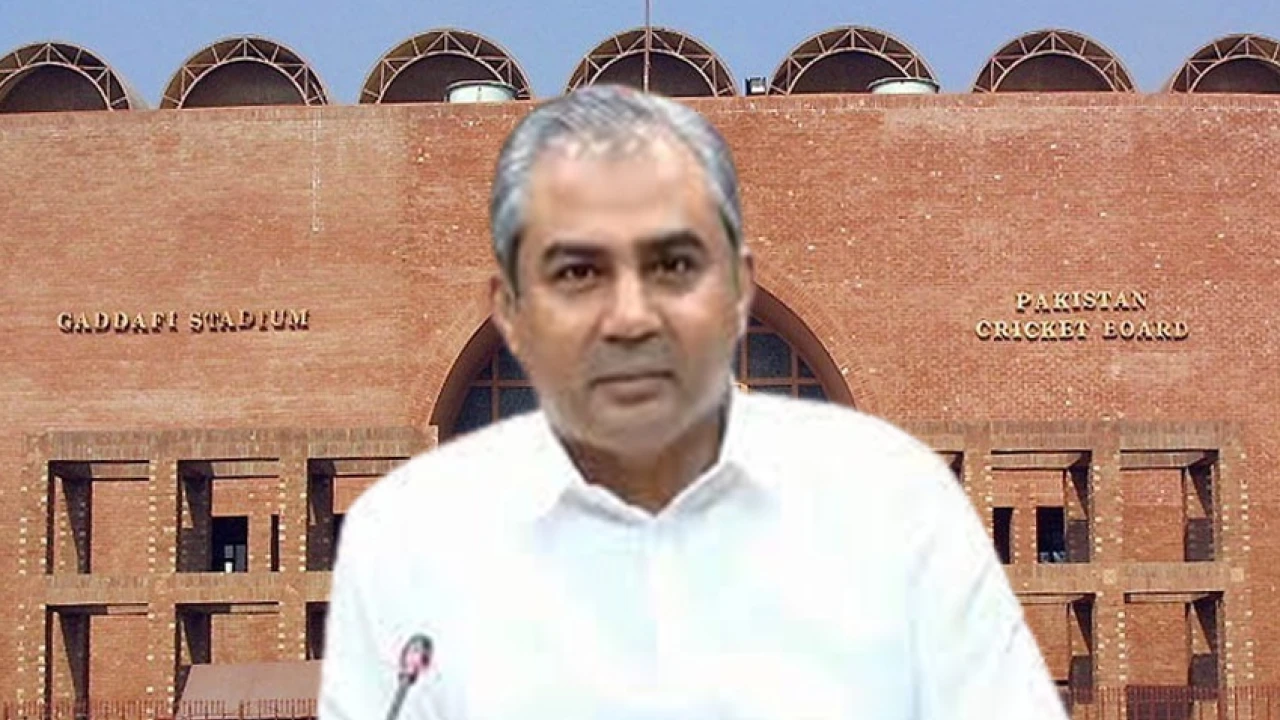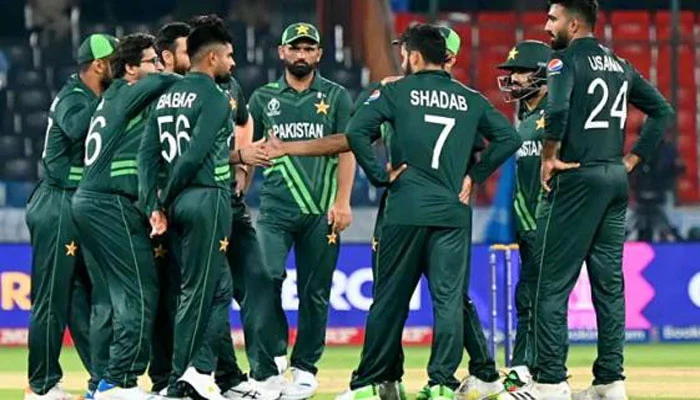IPL 2025 Faces Criticism Over Health Hazards
The 2025 edition of the Indian Premier League (IPL) is under fire after a British-based research organization, BASIS (British Association for Sustainable International Sports), released a report highlighting the alarming environmental conditions during the tournament. The study revealed that extreme temperatures and unhealthy air quality levels posed significant health threats to players, raising questions about the priorities of modern sports leagues.
The report specifically mentioned that the conditions during the IPL were considerably worse compared to those of the Pakistan Super League (PSL) 2025, which was held under much safer and player-friendly conditions.
Dangerous Temperatures Throughout the Tournament
According to the BASIS report, players endured unreasonably high temperatures during the IPL 2025 matches. Out of 75 total games:
- 27 matches were played in dangerously high temperatures ranging between 32°C and 39°C.
- 9 matches took place in extreme heat conditions, with temperatures soaring between 39°C and 51°C.
Such intense heat places players at a severe risk of sunstroke, dehydration, cramps, and even long-term cardiovascular problems. Medical professionals caution that these conditions are beyond acceptable levels for high-performance sports and could lead to serious health issues if preventive measures are not implemented.
These temperatures, combined with the demands of a rigorous match schedule, could potentially shorten the careers of athletes or lead to chronic health issues over time.
Air Quality Adds to the Risk
Beyond the heat, the BASIS report also shed light on the deteriorating air quality during the IPL. Nearly half of the matches were held in cities where the Air Quality Index (AQI) ranged from unhealthy to hazardous levels.
Cricketers were exposed to high concentrations of particulate matter (PM2.5 and PM10), known to cause respiratory ailments, reduce lung function, and increase fatigue levels. Major cities like Delhi, Mumbai, and Ahmedabad recorded poor air quality throughout the tournament, further aggravating the conditions for players and fans alike.
Even matches scheduled at night offered little relief from air pollution, meaning players were constantly exposed to health hazards with little to no time for recovery.
PSL 2025 Deemed Safer and More Sustainable
In comparison, the report praised the PSL 2025 for its more sustainable and player-friendly environment. Only two matches during the PSL were played in weather conditions deemed risky due to high temperatures.
Moreover, the overall air quality throughout the PSL remained within acceptable standards. Locations for PSL matches were strategically selected to minimize exposure to environmental risks, allowing players to perform at their best without compromising their health.
Experts believe this difference is largely due to better planning, mindful scheduling, and greater emphasis on environmental safety by PSL organizers.
A Wake-Up Call for Modern Cricket Leagues
The BASIS report serves as a clear warning for international cricket boards, tournament organizers, and franchise owners. With climate change intensifying weather patterns and pollution levels rising in urban centers, sports leagues can no longer afford to overlook the physical toll on their players.
The IPL, as one of the most commercially successful cricket leagues in the world, now faces increasing pressure to prioritize player safety over profit. Without change, we could see more injuries, career-shortening conditions, or even medical emergencies during matches.
Health experts suggest measures such as rescheduling matches to cooler parts of the day, investing in better stadium air purification systems, and improving hydration and medical support for players.
The IPL 2025 report by BASIS has brought attention to a critical and often ignored aspect of professional cricket—environmental safety. While the league continues to break financial and viewership records, it must now also focus on safeguarding the well-being of its players.
The PSL 2025 has set an example by maintaining safer and healthier match environments. As global temperatures continue to rise, the future of cricket may depend not just on skill and strategy, but also on how seriously organizers take the threat of climate and pollution to player health.
If changes are not made, the glamour of the game may come at a much higher cost than anyone anticipated.



